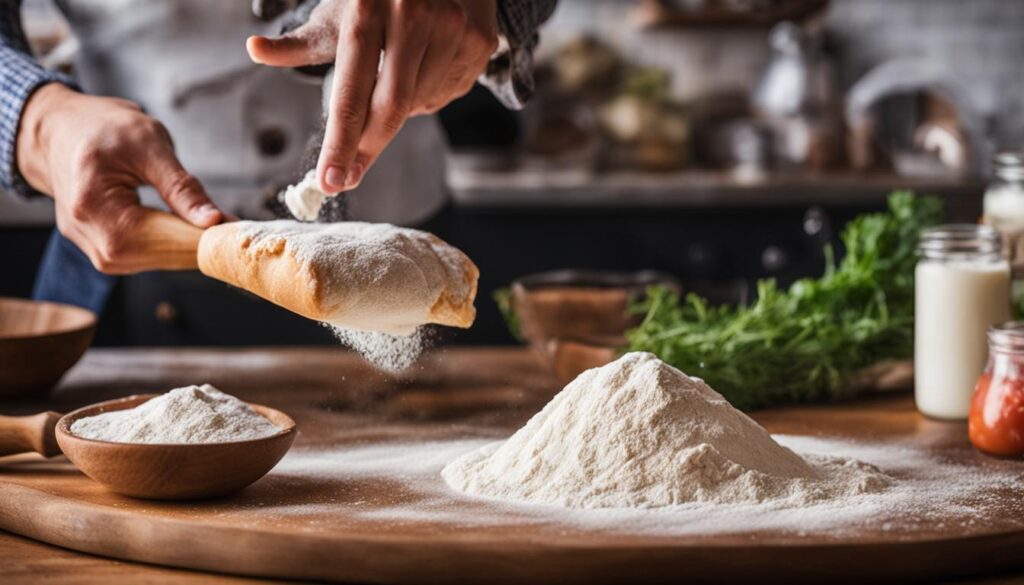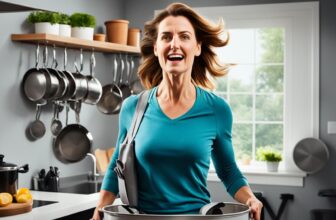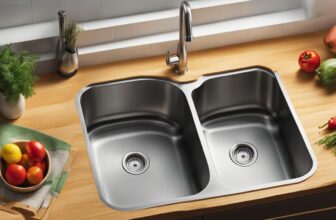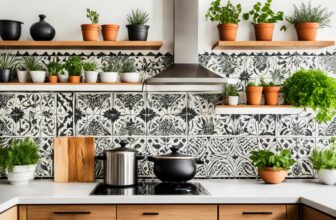Essential Kitchen Tasks: What Might Be Kneaded

As a budding chef or an experienced cook, you may often find yourself in the middle of your kitchen, surrounded by a range of ingredients, chopping boards, and appliances. One of the essential kitchen tasks that can make or break your culinary creations is kneading. Kneading involves a rhythmic motion of pressing, folding, and stretching dough until it has reached the desired consistency.
Kneading is a crucial part of many kitchen tasks, from preparing bread recipes to making homemade pasta. Kneading helps to develop gluten, a protein found in wheat flour that gives bread its structure and elasticity. The technique is also used to create a smooth and even texture for pizza and pastry dough.
Are you ready to take your baking skills to the next level? In this article, we will explore everything you need to know about kneading. From essential techniques to expert tips, we will help you elevate your culinary creations to new heights.
Key Takeaways:
- Kneading is an essential kitchen task that can greatly enhance the quality of your baked goods and pasta.
- The proper technique for kneading bread dough is important to achieve the desired consistency and flavor.
- Kneading pizza and pastry dough can create a crispy texture and flaky crust.
- Kneading helps to develop gluten, which is essential for the structure and elasticity of bread.
- Experimenting with different kneading techniques and recipes can lead to delicious and mouthwatering treats.
Kneading Techniques for Bread Recipes and Dough
Bread making is a beloved art form that requires patience, precision, and the right techniques to achieve the perfect loaf. Knowing how to knead bread dough is essential in achieving the desired texture and flavor of your homemade bread.
The first step in kneading bread dough is to prepare a clean and floured surface where you can work the dough. Once your surface is ready, place the dough on it and use the heels of your hands to push the dough down and away from you, then fold it over and repeat this process.
Repeat the process until the dough is smooth, elastic, and springs back when you press it with your finger. This should take around 10 minutes of kneading. You can also use a stand mixer with a dough hook attachment to knead bread dough if you prefer.
When it comes to kneading other types of dough, such as pizza or pastry dough, different techniques may be required. For instance, pastry dough should be gently kneaded to avoid overworking it, resulting in a tough, dense pastry.
Valuable Bread Making Tips
Here are some additional tips to help you elevate your bread making:
- Use quality flour: The right flour is essential in achieving the perfect texture and flavor in your bread. Look for high-protein bread flour for the best results.
- Use the right amount of yeast: Too much or too little yeast can affect the rise and texture of your bread. Follow recipes carefully and measure ingredients accurately.
- Let the dough rest: Allowing the dough to rest before and after kneading can help develop the gluten and enhance the texture and flavor of the bread.
“Knead until smooth and elastic, about 8 to 10 minutes. To know if the dough is ready, make an indentation on the surface with your finger; it should spring back slowly but leave a slight indentation.” – King Arthur Flour
Elevating Your Homemade Pizza and Pastry Dough
If you love making homemade pizza and pastries, you know that the crust or dough is the foundation of a great dish. The secret to making it perfect is mastering the art of kneading. Here are some tips and techniques to help elevate your creations.
Homemade Pizza
For a crispy yet airy crust, use a combination of all-purpose and bread flour. The higher gluten content in bread flour will help create a chewy texture, while the all-purpose flour will give it a lightness. Knead the dough until it becomes smooth and elastic, this should take around 10-15 minutes. Don’t forget to let it rest for at least an hour to allow the gluten to develop.
Experiment with different toppings and sauces, but always start with a good base. Spread your homemade tomato sauce or olive oil on the crust before adding your favorite toppings. Bake it in a preheated oven at 450°F for about 10-12 minutes or until the crust is golden brown.

Pastry Dough
Whether you’re making croissants, puff pastries, or tarts, a flaky and buttery pastry dough is a must. Start with cold butter, and use a combination of all-purpose and pastry flour. Knead the dough gently, so it doesn’t overwork the gluten. Use a folding technique to create thin layers of butter between the dough, resulting in a flaky pastry.
Experiment with different fillings, but always remember to make a well-sealed pastry. This will prevent any leaking or explosions while baking. Bake it in a preheated oven at 400°F for about 15-20 minutes, or until it’s golden brown and flaky.
Conclusion
There you have it, kneading is a fundamental skill that can take your baked goods and pasta to new heights. We hope this article has provided you with valuable insights and techniques to master this essential kitchen task. Don’t be afraid to experiment with different recipes, kneading times, and techniques to find out what works best for you. Remember, with practice, patience, and some know-how, you can create delicious and mouthwatering treats in your own kitchen. Happy kneading!
FAQ
What is kneading, and why is it important in baking?
Kneading is a process that involves working dough by hand or machine to develop its gluten structure and create a smooth and elastic texture. It is important in baking because kneading helps to evenly distribute yeast, develop gluten strands for better structure, and incorporate air for lighter baked goods.
How long should I knead bread dough?
The length of time for kneading bread dough can vary depending on the recipe and the desired texture. As a general guideline, you should knead bread dough for about 8-10 minutes by hand or 4-6 minutes with a stand mixer, until it becomes smooth, elastic, and springy to the touch.
What are some common kneading techniques for bread dough?
Some common kneading techniques for bread dough include the fold and push method, where you fold the dough in half, push it away with the heel of your hand, rotate it, and repeat; the stretch and fold method, where you stretch the dough out and fold it back onto itself; and the slap and fold method, where you slap the dough onto the work surface and fold it in on itself.
Can I use a stand mixer with a dough hook for kneading?
Yes, using a stand mixer with a dough hook is a convenient option for kneading bread dough. Start on low speed to mix the ingredients, then increase the speed to knead the dough until it reaches the desired texture. Keep an eye on the dough to avoid over-kneading, as it can result in a dense and tough bread.
How can I knead dough for homemade pasta?
To knead dough for homemade pasta, follow these steps: 1) Mix the flour and eggs together until a shaggy dough forms. 2) Knead the dough on a lightly floured surface, using the heel of your hand, until it becomes smooth and supple. 3) Allow the dough to rest before rolling it out and shaping it into the desired pasta shapes.
Can kneading improve my homemade pizza dough and pastry dough?
Absolutely! Kneading is crucial for creating the perfect texture and structure in both homemade pizza dough and pastry dough. Proper kneading ensures that the gluten develops, resulting in a crispy yet airy pizza crust and a flaky pastry. Experiment with different kneading techniques to achieve the desired results.
How can I tell if I’ve kneaded dough enough?
The best way to determine if you’ve kneaded dough enough is to perform the windowpane test. Take a small piece of the dough and stretch it gently. If it stretches thin enough to see light through it without tearing, then the dough has been kneaded enough and has developed a sufficient gluten structure.







